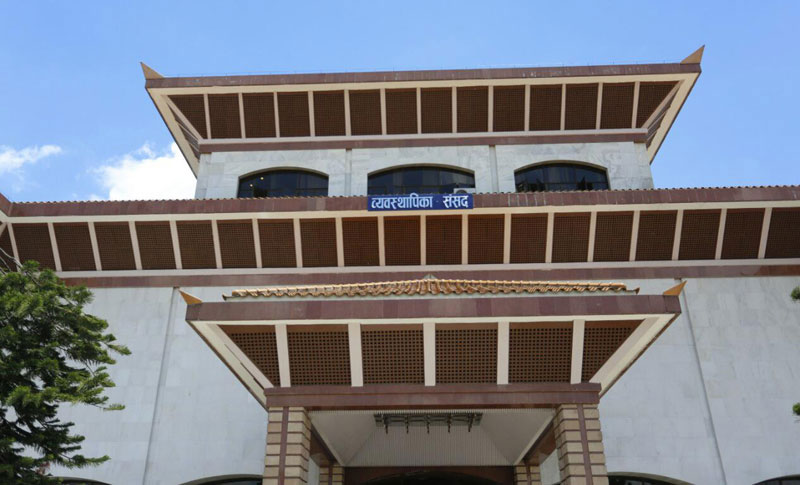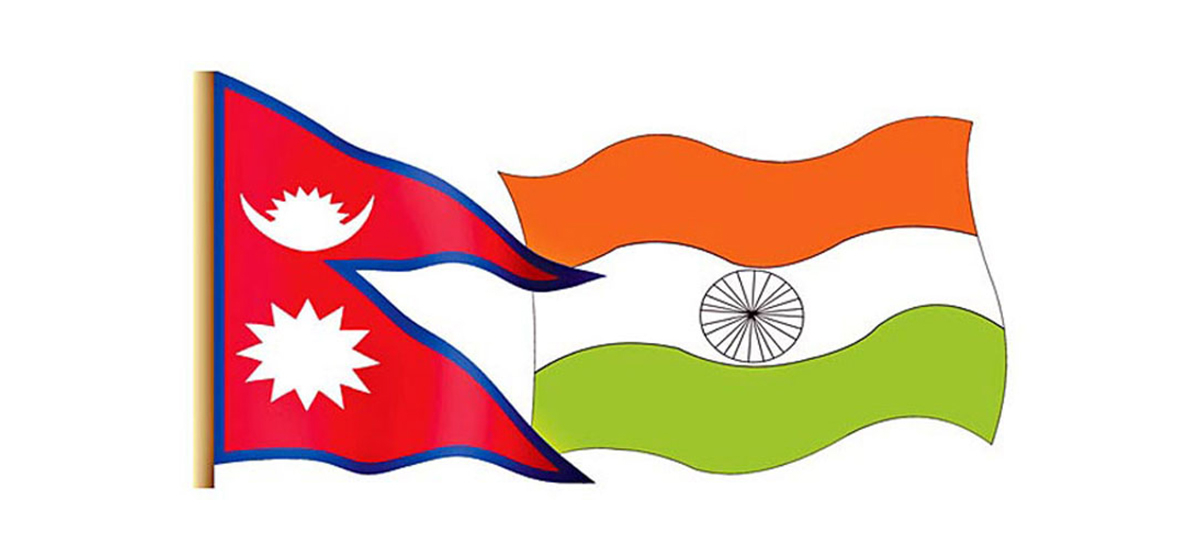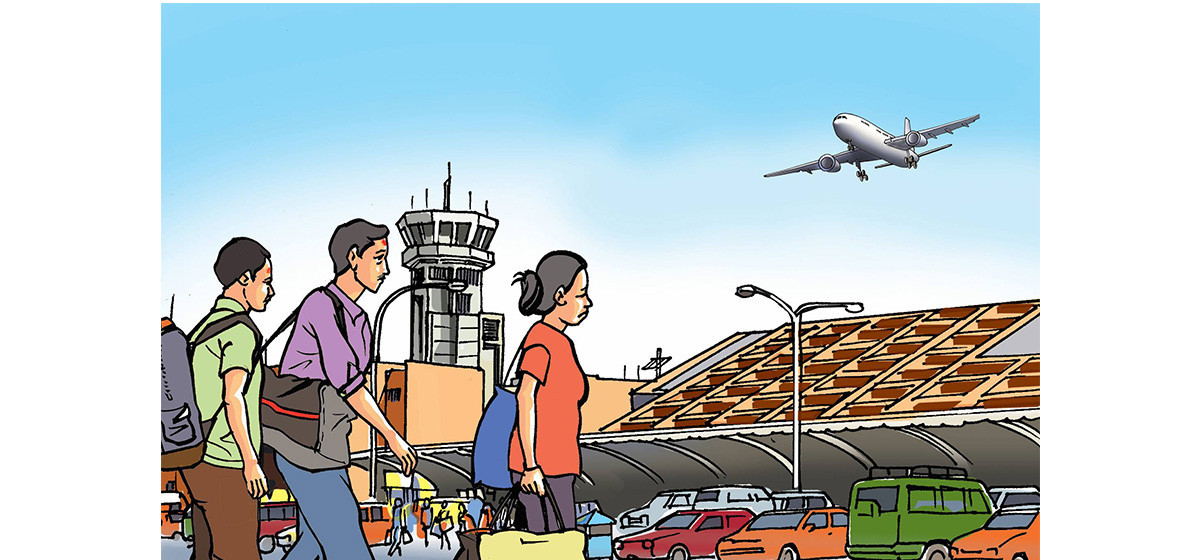
OR
2.66 local unit votes equal 1 provincial assembly vote
Published On: September 14, 2017 05:15 AM NPT By: Ashok Dahal | @ashokpillar

KATHMANDU, Sept 14: The government has proposed to give one vote from a provincial assembly member the same weight as 2.66 votes from the chiefs or deputy chiefs of local units, for the purpose of electing National Assembly members.
The National Assembly Election Bill, registered at the parliament secretariat on Wednesday, has proposed a weight ratio of 1:2.66 as between votes from provincial assemblies and local units respectively, under the new constitution. Section 56 of the bill states that a vote by a provincial assembly member will have 2.66 times more weight than a vote by a local unit chief or deputy chief.
Article 86 of the new constitution has envisioned an electoral college comprising members of provincial assemblies and the chiefs and deputy chiefs of rural municipalities and mayors and deputy mayors of municipalities, for electing members of the National Assembly.
The constitution itself states that the weight-age ratio of provincial assembly members and local level chiefs and deputy chiefs will vary. The total number of provincial assembly members, to be elected under both the first-past-the-post (FPTP) and proportional representation (PR) electoral systems in all the seven provinces, will be 550. The total number chiefs and deputy chiefs in the 753 local units will be 1,506.
Each province will elect eight members to the National Assembly. Any Nepali citizen over 35 years of age can contest the election.
Earlier, the government had registered a constitution amendment bill proposing to remove local level chiefs and deputy chiefs from the Electoral College for the National Assembly. The bill had further proposed electing members to the assembly on the basis of population, ensuring at least three members from each province. If the amendment bill, which was voted last month, had passed, Provinces 6 and 7 with their smaller populations would elect fewer member to the National Assembly while Province 3, 2 and 5, which are more populous, would elect more members.
With parliament rejecting the amendment bill, the government has now registered the National Assembly Election Bill in line with the existing provisions of the new constitution.
Each province must ensure the representation of at least three women, a Dalit and a differently abled or minority group member while electing its eight members for the National Assembly.
The remaining three members of the 59-member National Assembly will be nominated by the president.
The bill has established the weight-age of provincial assembly members as 48 and that of the chiefs and deputy chiefs of local units as 18 by first dividing the total population of the country by the total numbers of provincial assembly members and then dividing the total national population by the total number of chiefs and deputy chiefs of local units.
The weight-age of 48 is arrived at by dividing the total population (26.49 million as per the 2011 census) by the total number of Provincial Assembly members (550). As per this calculation, a provincial assembly member represents a population of 48,000 population on average.
Using the same method, the total population was divided by 1,506, i.e. the total number of chiefs and deputy chiefs of local units. This shows that a local unit chief or deputy chief represents a population of 18,000 on average.
To simplify matters, the populations of 48,000 and 18,000 are further divided by 1,000.
Local level chiefs and deputy chiefs on one hand and provincial assembly members on the other will cast their votes in different ballot boxes and the votes will be counted separately, to differentiate the weight-age of the votes.
Members of the National Assembly will have six-year tenures, but the tenure of one-third of the members will expire every two years. The one-third members to quit after the two years will be finalized through a lottery.
You May Like This

Koshi provincial assembly passes resolution motion calling for special session by majority votes
KATHMANDU, April 19: The resolution proposal registered in the Koshi Province Assembly has been passed by a majority. ... Read More...
_20240419161455.jpg)
Speaker Ghimire administers oath of office and Secrecy to JSP lawmaker Khan
KATHMANDU, April 19: Speaker Devraj Ghimire has administered the oath of office and secrecy to the newly-elected lawmaker Hasina Khan.... Read More...
_20240311121839.jpg)
NC to boycott Gandaki Province Assembly, submits letter to Speaker
KATHMANDU, April 19: The Nepali Congress (NC) has decided to boycott provincial assembly meetings in Gandaki Province until a decision... Read More...





Just In
- 120 snow leopards found in Dolpa, survey result reveals
- India funds a school building construction in Darchula
- Exploring opportunities and Challenges of Increasing Online Transactions in Nepal
- Lack of investment-friendly laws raises concerns as Investment Summit approaches
- 550,000 people acquire work permits till April of current fiscal year
- Fixing a win by outlawing dissent damages democracy
- MoHP cautions docs working in govt hospitals not to work in private ones
- Over 400,000 tourists visited Mustang by road last year










_20220508065243.jpg)

Leave A Comment